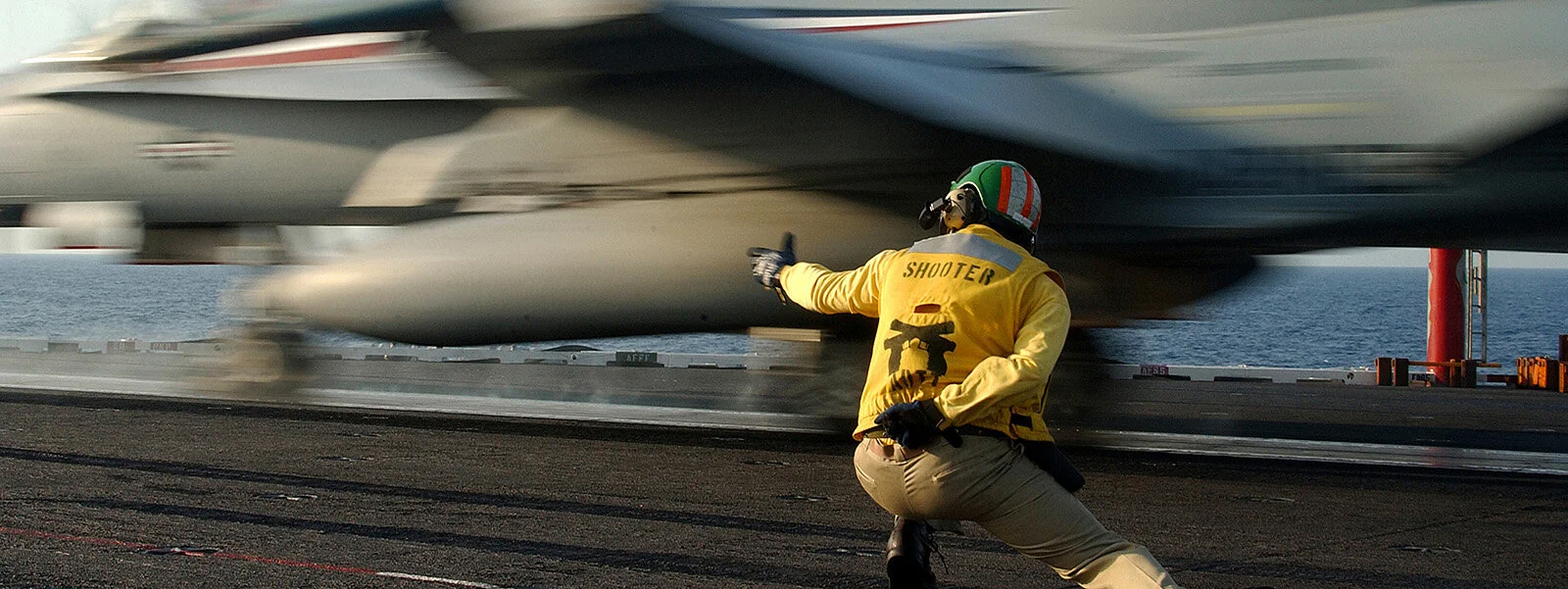HRO 9o Collision at Sea-The HRO Perspective-Operations
Starting with this post, I use my understanding of HRO to operationalize the first three of Weick and Sutcliffe’s (2007) five principles of HRO:
Operations (Sensitivity to Operations),
No Simplification (Reluctance to Simplify), and
Failure (Preoccupation with Failure)
This post is dedicated to Sensitivity to Operations.
* Weick, K.E., Sutcliffe, K.M. (2007). Managing the unexpected: Assuring high performance in an age of complexity. Jossey-Bass.
In post HRO 9n, I used the principles of High Reliability Organizing (HRO) as a lens to analyze how an organization practicing HRO could prepare for entering port via a congested Traffic Separation Scheme (TSS). One of the biggest challenge for HRO in an organization that lacks experience with it is deciding what behaviors to practice. This is a key issue in HRO because the behaviors are context dependent. An ice cream store can practice HRO, but not the same way an airport control tower does.
I will focus on just the principles oriented toward anticipation of problems because they are the most relevant to the collision of the USS JOHN S MCCAIN (DDG 56) (JSM) with Motor Vessel ALNIC MC on 21 August 2017 in the Straits of Singapore. In this post, I place attention on Sensitivity to Operations..
Operations (Sensitivity to Operations)
First, Sensitivity to Operations is an orientation among senior leaders that safe and reliable operations are paramount to the success of the organization. Maintenance and support functions also carry risk of immediate injury, but they almost always carry over into operations. Sometimes, their risks *only* manifest themselves in operations.
I see Sensitivity to Operations as placing a priority on creating an environment that puts the operators in the best possible situation to succeed (i.e., do their jobs well and not get hurt). It includes qualifications, classroom training, drills, procedures, workload monitoring, supervision, senior leader assessments, and support and mentoring from more experienced watchstanders.
The Environment for Operations
Success in HRO begins with formal, rigorous qualification. There is a training standard for each position. Every part of the standard is connected to performance on the job and its associated technical documentation. Knowledge of the training standard is demonstrated through a combination of oral exams, formal training, written tests, and periodic re-qualification that form an auditable “trail” for each qualification.
In HRO, training is grounded in technical documents, the standards for qualification, and cross training. It excludes many forms “on the job training,” (OJT). OJT is often the only form of training in organizations not practicing HRO. Relying on OJT is risky because the trainer performing the job can only teach what they know. If their understanding is incomplete or incorrect, this will be passed on to trainees. This is not adequate for HRO.
Training in HRO is augmented by shadowing experienced operators actually doing the job. Trainees are taught that all performance must be connected to the procedure: “Do it this way or take this action based on this step of the procedure.” This is why HRO requires careful control of the personnel authorized to give formal training and sets very clear guidance for how they mentor new operators.
After qualifying at several commands, I noticed that every qualification was based on technical documentation or instructions that was either out of date or wrong. I made it a practice to keep a list of the errors or problems I noted in the documents and present the list to the responsible party at the end of the qualification process. After I became qualified for a particular position, I encouraged everyone that followed me in the qualification process to do the same review.
Drills are essential for high reliability so operators build “muscle memory” for casualty response. Until you see how people actually perform under the stress of realistic conditions, you have no idea how they will perform in a real casualty. You will never take your study of casualty procedures as seriously until after you have embarrassed yourself by performing badly. Drills require as much realism as possible as well as a detailed assessment of watch team performance after the drill.
In HRO, drill walk throughs include lots of questions from training leaders, pointing and explaining of controls and displays by trainees, and recitation of casualty procedures from memory. Watch teams doing walk throughs can perform casualty procedures first on their own and later in conjunction with remote stations (the most difficult and expensive form of casualty response training).
Repeatable high performance in operations requires formal, current procedures for every activity that an organization deems important. Sometimes the decision for which activities need procedures is based on risk assessments. Other times the decision is based on prior experience of the activity going badly.
Keeping procedures up to date requires two things. A responsible person and periodic checks against the technical documentation to ensure they are still current. In HRO, the responsible person signs the procedure as a record of their technical review.
Workload monitoring requires senior leaders to observe watch teams and decide if they need to be augmented for special operations. Senior leaders monitor important control locations to determine if the personnel available are capable of handling the demands of the situation. The CO of the JSM did this in two ways. First, he stationed himself on the Bridge so he could be immediately accessible to watchstanders. We don’t know if he did any mentoring, but he was in a good position to do so. Second, he observed watch team performance and called for an extra watchstander to split the duties of the Helmsman. A good idea, but not well executed because we know now that his timing was off. In the case of the Bridge watch team, the Senior Watch Officer could have stationed a Helm Safety Officer before the setting the Sea and Anchor Detail. I am not claiming that he should have done this, only that it was an option. In HRO, senior leaders make sure that any supervisory position has responsibilities specified in writing.
Senior leaders assess the performance of watch teams by actually observing them for extended periods. The magic duration for observation is two hours. This is because the maximum time a watch team can be on its “best behavior” for an observer is about an hour. After that, they revert to what they normally do, which is what the senior leader is there to evaluate.
Senior leaders personally observe operator performance and assign experienced operators to make independent observations. These observations create opportunities to identify problems, provide support and conduct training at the moment they notice problems. When they observe a watchstander deviating from a performance standard, they either correct it (if it is the senior watchstander like the Officer of the Deck) or they tell the senior watchstander about it so they can correct it. They document their observation and corrective action to support trend analysis and improvement of other watch teams.
All of these practices, rigorous qualifications, formal, technical training, walkthroughs, drills, procedures, monitoring, and documentation of observations are designed to create a high standard for performance. Monitoring and formal, documented assessments are just as important as high standards. Unless you actually assess the standard, you don’t really have one. You only have intentions.
Small Things Get Bigger
The second critical aspect of Sensitivity to Operations is being alert to the accumulation of small things that can grow into bigger problems. It is a truism of post-accident investigations that there is never “just one thing” (i.e., a “root cause”). Nearly every accident investigation identifies numerous deficiencies in performance or equipment that the crew was living with or unaware of prior to the organizational accident.
The JSM-Alnic collision investigations noted a range of existing problems that I summarized in my first post of this series: not setting the Sea and Anchor Detail before entering the TSS, splitting the Helmsman’s duties while entering the TSS at high speed in an overtaking situation, no procedure for reconfiguring the Steering Control System (SCS), inadequate knowledge of the SCS, assigning the most junior OOD to enter the TSS at night, and operation of the steering system in a less reliable mode (backup manual) than recommended by the Engineered Operations Sequencing System.
Staying on top of problems (identifying, understanding, and correcting them quickly) is sometimes referred to as “managing your problems so they don’t manage you.” This sounds ludicrous when it is just a one or two problems, but the accident investigation reports of the collision list many problems that existed before the CO gave the order to split the Helmsman’s duties. Audits conducted by experienced operators are one of the best ways to identify small issues that could lead to bigger problems. It isn’t realistic to expect that monitoring and mentoring watchstanders are going to find all your problems. They will find many, but that isn’t good enough for HRO. This is why organizations practicing HRO also conduct thorough investigations of serious problems after they happen.
In my next post, I will operationalize Simplification (Reluctance to Simplify).



